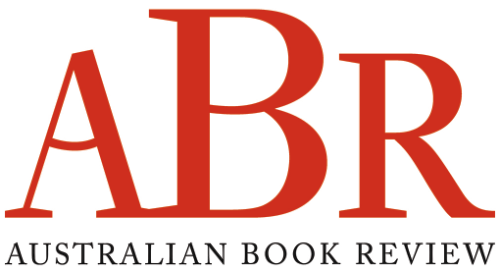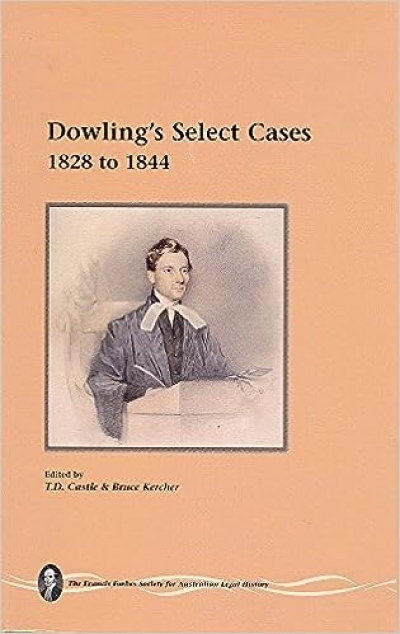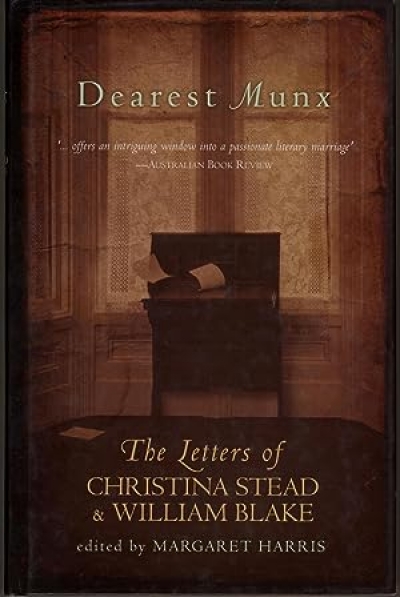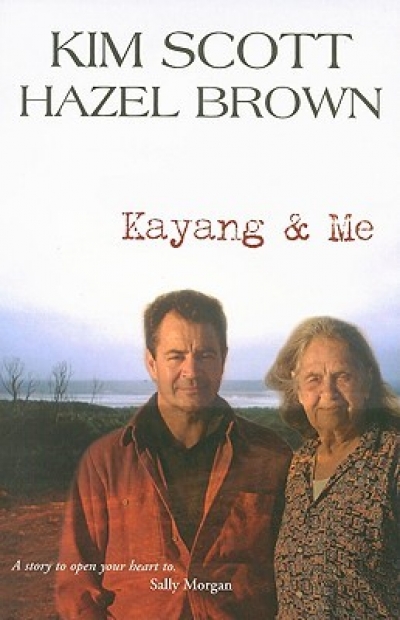Accessibility Tools
- Content scaling 100%
- Font size 100%
- Line height 100%
- Letter spacing 100%
Archive
ABR Poetry Competition
Earlier this year, Stephen Edgar won the inaugural ABR Poetry Competition. He picked up a cheque for $2000, and ABC Television made a feature about him and other shortlisted poets – not bad coverage for poets in a country many of whose newspapers and general magazines have so lament-ably and short-sightedly reduced their coverage of poetry. Well, the competition is on again. Its principal aim is to uncover some of the best new poems being written in this country. Up to six of them will be shortlisted in the March 2006 issue; the winner will be announced in April 2006. Full details appear on page 8. The entry form is also available on our website, or on request. The closing date is December 15.
... (read more)Righteous Violence edited by Tony Coady and Michael O'Keefe & A Matter of Principle edited by Thomas Cushman
by Jonathan Pearlman •
Dowling’s Select Cases, 1828 To 1844 edited by T.D. Castle and Bruce Kercher
by Ian Barker •
The Paradoxes of Water: Selected and new poems 1970–2005 by Rod Moran
by David Gilbey •
Dearest Munx: The Letters of Christina Stead and William J. Blake by Margaret Harris
by Anne Pender •
Aboriginal Victorians: A history since 1800 by Richard Broome
by Ann McGrath •









